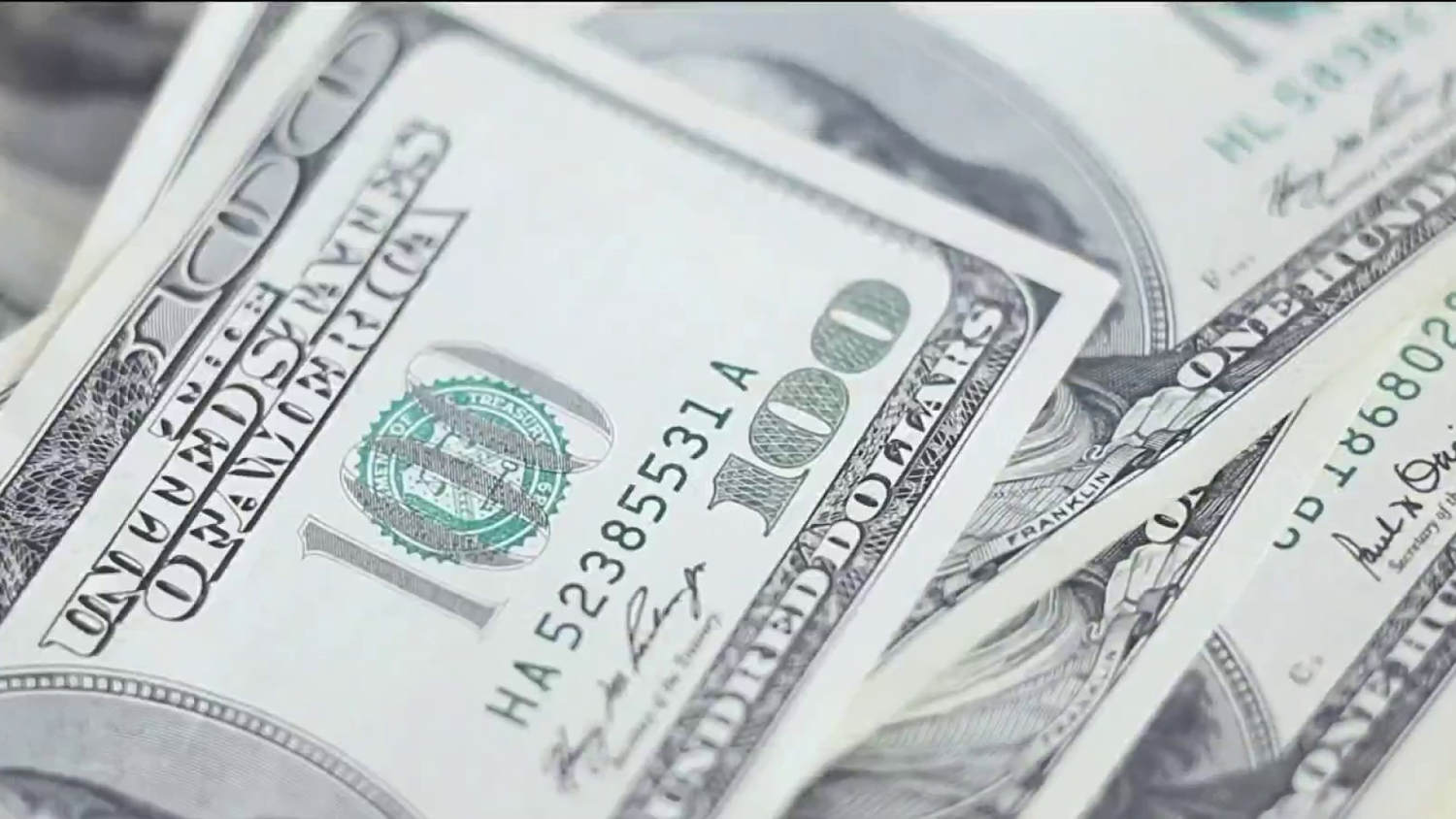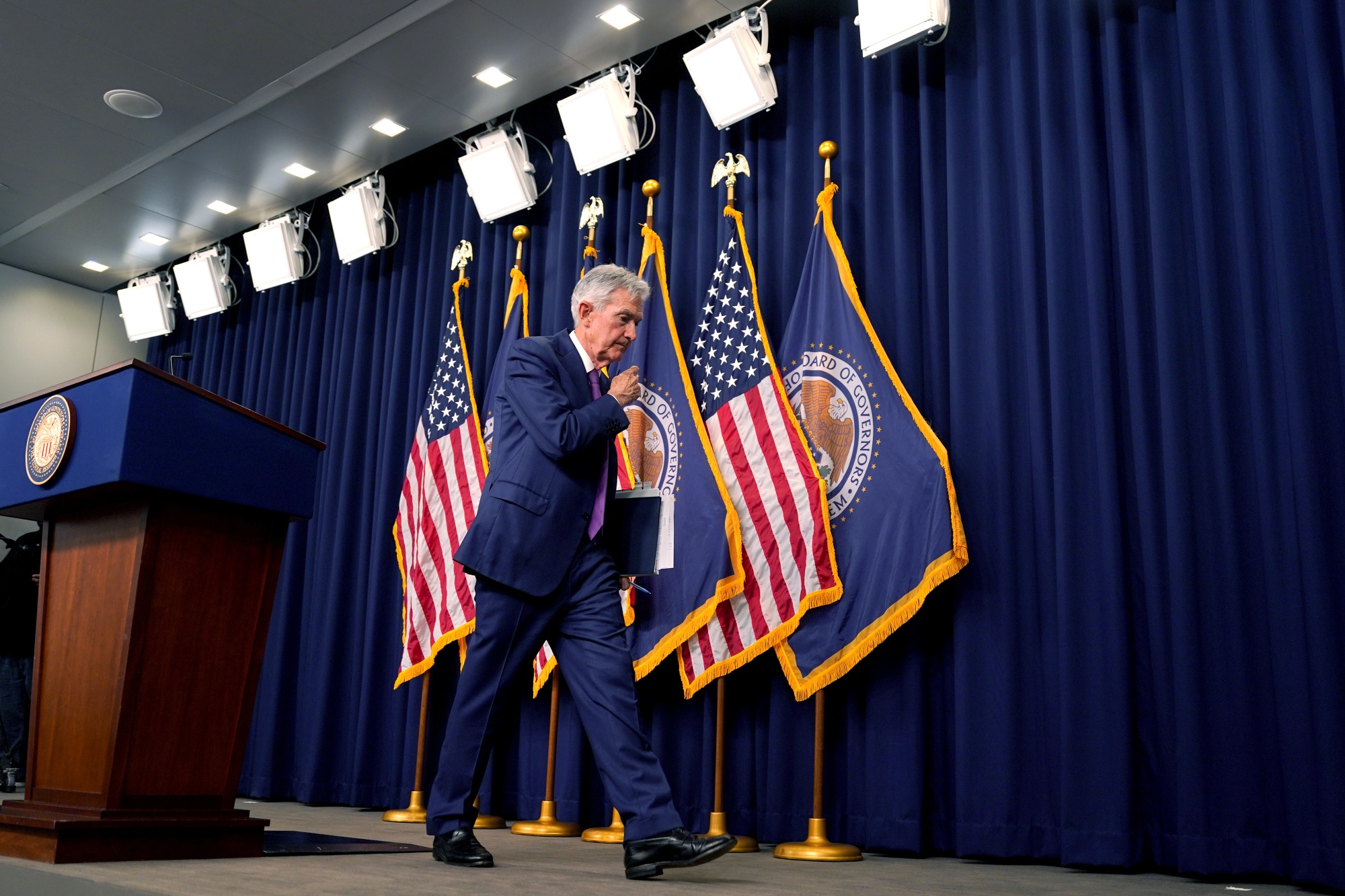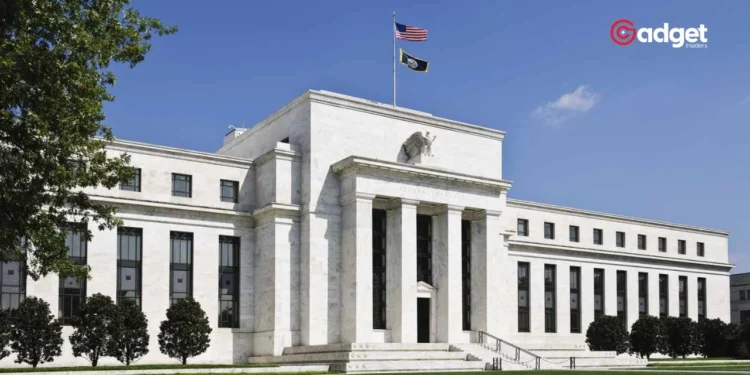The Federal Reserve (Fed) finds itself at a critical juncture, grappling with the challenging decision of when to adjust interest rates in response to fluctuating economic indicators. Recent insights from GlobalData TS Lombard suggest that the Federal Reserve may delay any cuts to interest rates until after a recession has taken hold, potentially complicating its efforts to stimulate the economy when needed most.

The Fed’s Reactive Stance on Monetary Policy
Jerome Powell, Chairman of the Federal Reserve, has been critiqued for adopting a reactionary rather than a proactive approach to monetary policy. This conservative strategy, characterized by a wait-and-see approach to interest rate cuts, could lead the economy into unnecessary hardship, according to Steven Blitz, Chief US Economist at GlobalData TS Lombard.
Blitz argues that by not lowering interest rates now, the Fed is missing an opportunity to preempt a potential recession. “By not cutting now, pre-emptive is off the table,” Blitz remarked in a recent note, emphasizing the risks of delayed action. He further pointed out that this approach guarantees that any future rate cuts will likely be “too little too late,” failing to avert a recession when it eventually strikes.
During a policy meeting, Powell hinted that a significant hike in unemployment might prompt the Fed to lower rates, irrespective of inflation levels. However, he also noted that reaching the Fed’s long-term inflation target of 2% would provide more leeway to reduce rates, a goal that currently seems elusive amid consecutive reports of higher-than-expected inflation.

The Federal Reserve’s Balancing Act: Inflation and Policy Criticism
The Fed’s decisions are further complicated by inflation dynamics. If inflation unexpectedly rebounds to 5%, the Fed would likely raise interest rates, as indicated by Blitz. This scenario underscores the delicate balance the Fed must maintain between curbing inflation and fostering economic growth.
The Fed’s tentative approach has drawn criticism from various quarters, including market analysts like Jeremy Siegel, who have long warned that the Fed was too slow to react to rising inflation in 2021. This perceived delay has fueled concerns that the Fed may similarly lag in adjusting rates downwards in response to economic downturns.
⚠️BREAKING:
*FED INTEREST RATE DECISION 5.50%; EST. 5.50%; PREV. 5.50%$SPY pic.twitter.com/UQtXnAzVrq
— Investing.com (@Investingcom) May 1, 2024
Looking Ahead: Interest Rates and Economic Forecasts
Despite the looming threat of a recession, Blitz suggests that interest rates might remain at their current levels for an extended period, especially if a recession does not materialize this year as some predict. This outlook places additional pressure on the Federal Reserve to navigate economic policy with a strategic foresight that has been questioned in recent times.

The Federal Reserve’s current predicament is emblematic of the broader challenges facing central banks globally as they attempt to manage the post-pandemic economic recovery amid inflationary pressures and geopolitical uncertainties. The effectiveness of the Fed’s monetary policy in the coming months could have significant implications for economic stability and growth prospects.
In conclusion, the Federal Reserve is at a crossroads, facing critical decisions that could shape the economic landscape for years to come. Market participants and policymakers alike will be watching closely to see if the Fed can strike the right balance between preventing inflation from spiralling and avoiding a deep economic downturn. As the debate continues, the Fed’s actions will be a key focal point in discussions about the future health of the U.S. economy.










